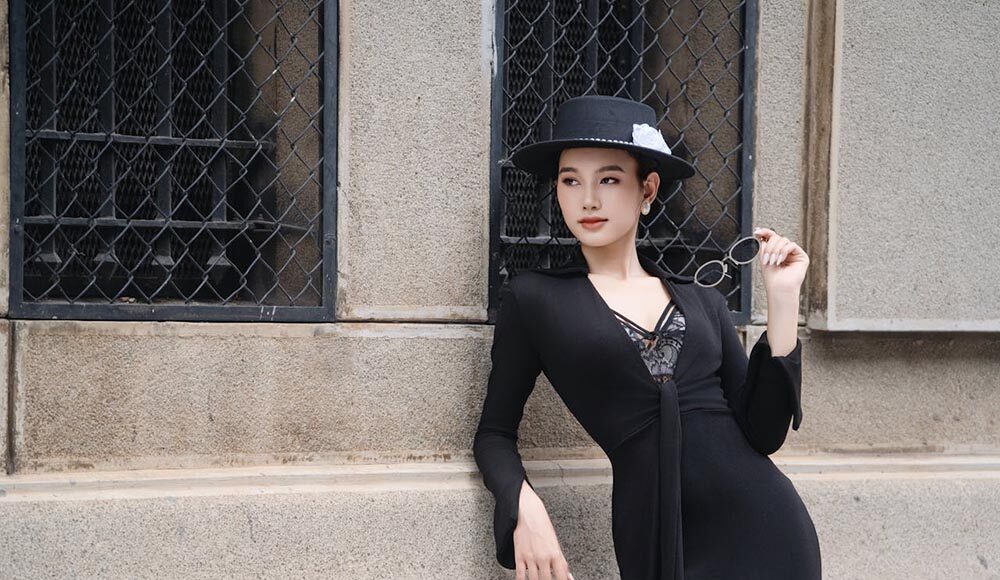Corset has broken through Victorian shackles over the evolution of fashion cycles as the empowering piece of clothing with the combination of physical benefits and the emotional appeal of aesthetics. Opposite to the stiff corsetry of yesteryear, contemporary corsetry is an innovation of textile science, body positivity tailoring, and ethical manufacture.
However it is branded a conspicuous accessory or an understated base line support, a properly built corset can straighten posture, alleviate the effects of back pain and extend personal style. This article follows the art of shaping raw fabrication to structural artwork, including the process of measuring, selection of materials, fitting and maintenance.
Every stage can be found out by reading, and in this way, readers will be able to make a conscious choice which will both pay recognition to individuality and commemorate the richest legacy of this timeless silhouette. Finally, information will enable really sustainable wardrobe choices.
The Evolution of Personalized Fit
The core of modern corsetry lies in its personalization, and no one can illustrate that fact better than the transition that was done between off-the-rack measurements and the made-to-order approach. The skilled tailor first traces over a dozen anatomical landmarks, including bust, below bust, waist, upper hip, full hip, and the length of the torso to generate a pattern that does not try to make the figure fit the preconceived evaluation instead of the client fitting the clothing.
These measurements are then converted into cutting templates by the use of specialized drafting software that helps reduce wastage of fabrics. Each of the numbered pieces of such templates get allocated equal seam allowances as well as appropriately positioned boning channels once the templates are connected to form what is referred to as a custom corset dress. The final effect imparts a sense of extension of the wearer by facilitating breathing, locomotion and posture rather than the binding effect of corsetry in eras past.
Materials that Shape and Support
The quality of fabric choice dictates the sturdiness and the feel of the corset. It is made up at its most fundamental level of coutil or rigid corsetry mesh, a closely woven and non-stretchable fabric that maintains the reduction made at the waistline stable through repeated phases of lacing and unlacing.
With the outer clothes, the craftsmen move between breathable cotton sateen in summer, lavish silk brocade to a black-tie dinner, and non-glamorous satin that photographs well with flash. There are flexible, spring-steel bones used to reinforce stress points and that avoid kinking and featherweight synthetic whalebones with travel-friendly designs.
Industrial machines press Grommets and distribute the tension along the back panel and fraying of the edge of an eyelet is less. Lastly, the structure is completed by the ribbon / flat cotton lacing so that all elements can cooperate with each other in a way that the garment becomes supportive and can feel notably supple upon the first usage.
Measuring for Accuracy and Comfort
Fittings are important as well as measurements, it is not guaranteed that after measuring a person will feel comfortable. Patternmakers will build a simple calico sketch, often called a toile, to see real time interplay of seam lines against the body. When clients are sitting, twisting, and taking deep breaths, they introduce themselves to the areas where they feel outside pressure, and an adjustment like adding hip flare or a riber line extension is performed.
Tailors note the lacing gap: a parallel silhouette means the panel grading is equal, as a V -shape means the waist wants a little more taken off than the rib can afford. A second toilet adds such details and also checks that the lengths of boning end above the lap when seated. It is not until this team process is complete that the completed fabric is introduced to the cutting table in order that the long term comfort can be achieved as it will support movement and not inhibit movement in day to day functioning.
Luxury Design Meets Everyday Wear
The current interest in corsetry has lured the luxury designers to play outside the lingerie collections, and designers have introduced catwalk designs that incorporate engineering sculptural shapes combined with using haute couture finishing.
A designer corset dress of flagship level may be an allover jacquard hand-loomed in metallic and appearing to be heavy and stiff, or have laser-cut appliques evoking lace but virtually weightless. The panels are also stress tested before any embellishments have been sewn on to make sure that the beads or crystals will not warp the seam positioning after being laced. Other brands are mixing in 3D-printed hardware where straps join together, so adjustments can be made in a matter of seconds and without messing with the silhouette.
The combination of novel materials and their contrast with the conventional practice of drafting makes these gowns worthy of the red-carpet, not to mention that despite the experimental nature, they still provide the corset influence on discipline, which demonstrates that the utilitarian beginning of corsetry does not have to be irreconcilable with the avant-garde style. Silhouettes take the center stage when stylists prefer such things.
Sustainability in Contemporary Corsetry
Sustainability, formerly an outlying concept, has become the characteristic of numerous modern-day corset studios. Workrooms use organic cotton that is grown with low-impact irrigation and re-use pieces of leather offcuts to supply binding, and instead of single-use plastic packaging, they use paper envelopes that can biodegrade.
They go by slow-fashion calendars, which distribute tiny drops that meet the actual demand and go through quality control. Some provide lifetime refurbishment, exchanging worn-out steel bones, lining tattered panels and, without asking owners to splash out on new. Raw supply chains and fair-wage certification are supplementary to these and demonstrate that luxury craftsmanship can be inseparable with ethical production.
Selecting such producers will minimize the burden to the environment and enhance the traditional idea that a corset, with proper care, must last its owner decades not seasons. Customers will in this way become vested in the story of a responsible product lifetime of a garment.
Caring for Your Corset Investment
Once one has a perfectly fitted corset, one needs to take care of it. Take a padded hanger and allow the garment to dry flat after every wear as moisture and body oils take time to dry off. Remember you have to spot clean with pH neutral soap instead of putting the piece in the water and never wrong the piece because twisting can change the shape of steel bones.
Where it is impossible to clean in any other way; hand wipe in tepid water, press between towels, and dry fully out of the direct heat. Loose lace stores to maintain panel alignment, and have an annual inspection of fraying stitching, or compressed channels, or rusting hardware. Regular treatment safeguards profile, sanitation, as well as investment of the time, cash, and talent into each stitch.
Spa treatment packages provide ozone sanitizing and steam re-shaping services in the professional ateliers further increase the structural integrity on the whole without loss of dainty surface decorations.
Conclusion
Personalised measuring and conscientious care all the way to bespoke packaging, contemporary corset making is the embodiment of the crosstalk between artisanal skill and machinery advancement. Learning about every process behind a production gives a consumer a sense of where to focus their attention on durable weaving of fabrics, ethical production process, and well-built manufacturing that makes consumers build a wardrobe that teaches them to prioritize on long-lasting essence more than they do on impulsiveness.
The more the corset is used as a supportive structure but at the same time a center piece of architecture, greater benefits the corset can bring to its wearers: good posture, fashionable variations, and opportunities to express personality, as well as a physical connection to the history of fashion.
In the end, when making such decisions regarding purchases intellectually, demanding accountable stitching, and by simply taking care of them, enthusiasts guarantee that all corsets are as beautiful as they are sound in their construction year after year of consistent wear.
##





